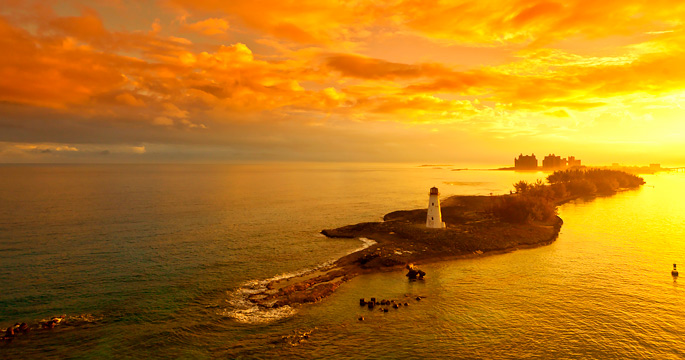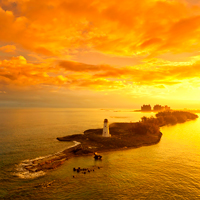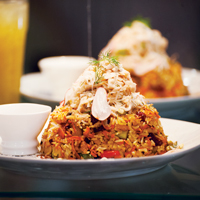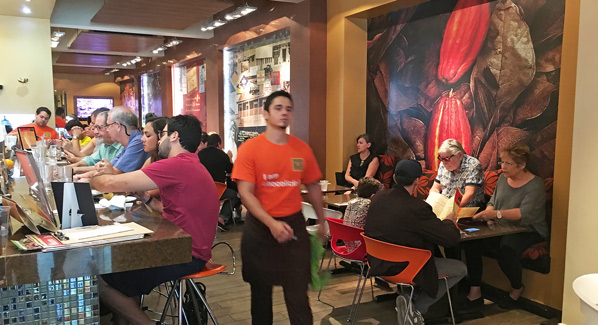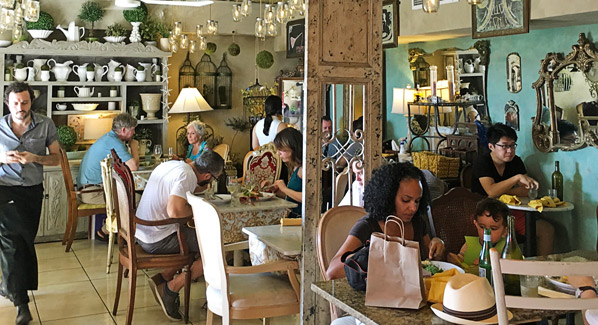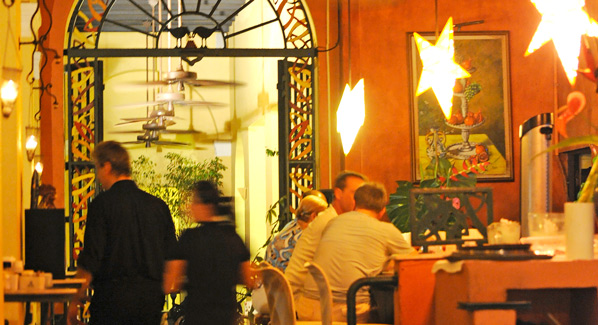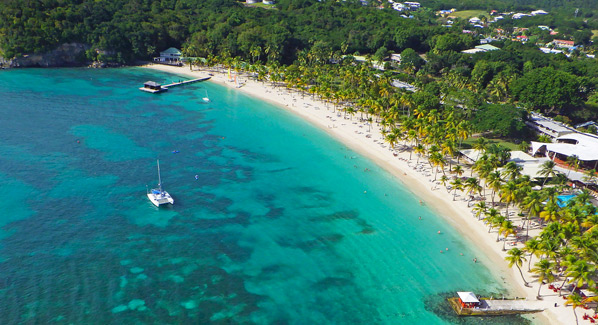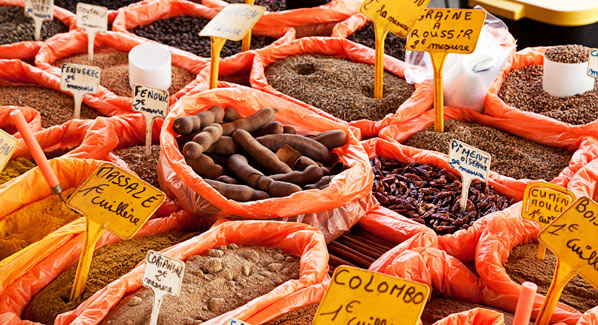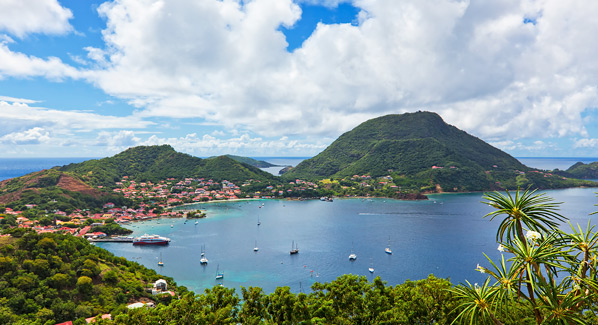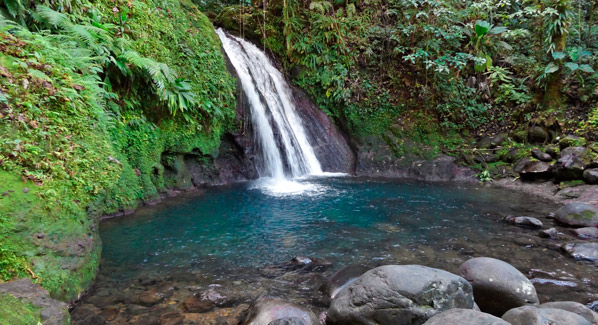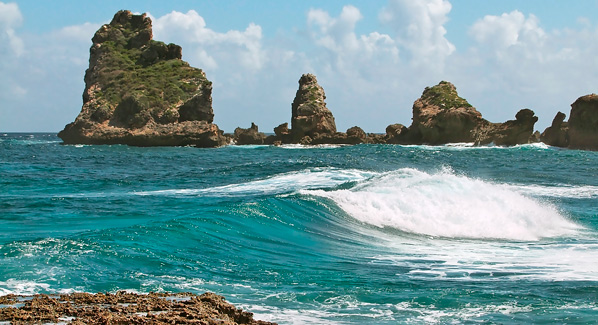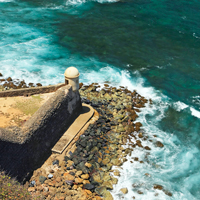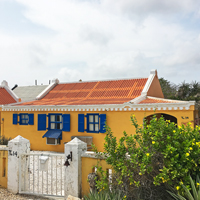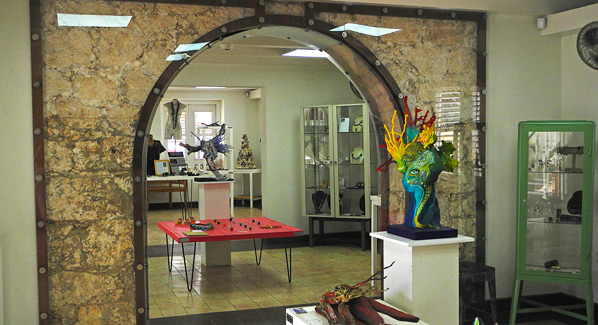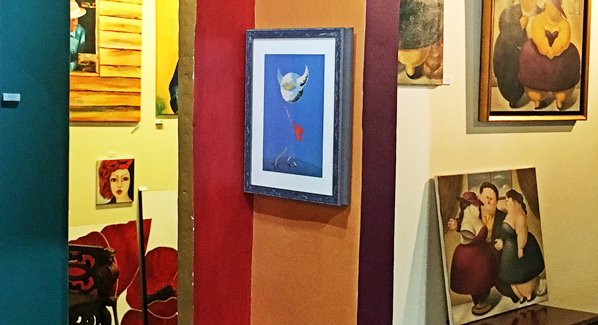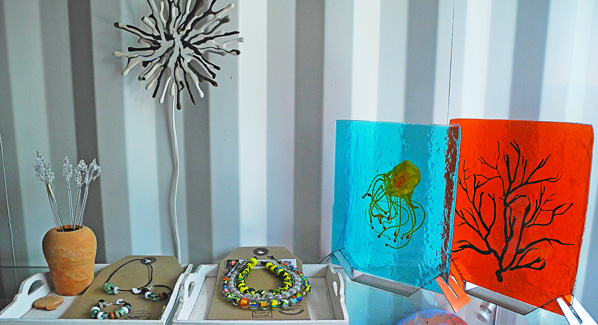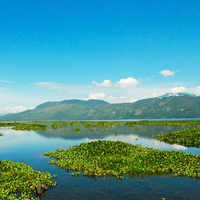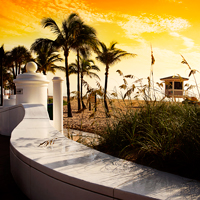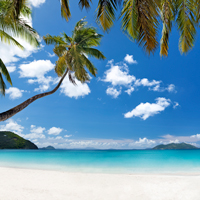This is the Caribbean at its best: island style with British class. Barbados is a land of both natural beauty and cultured civility. Broad cane fields overlook rugged, surf-washed eastern shores, while magnificent beaches and posh resorts line the calmer western coast. The island’s warm, welcoming population blend the traditions of England and West Africa into a unique cultural synthesis known as Bajan style.
1 Day Tripping
There is more to Barbados that stunning beaches. Museums, galleries and historical landmarks are found all across the island, and the countryside is ripe for exploration. There are botanical gardens and rum distilleries to tour, along with the Caribbean’s most popular underground landmark. At Harrison’s Cave, a subterranean stream runs through a limestone cavern adorned with intricate formations. Animal lovers can tour Barbados Wildlife Reserve, where a population of green monkeys roam free, while birders can hike the cane fields to spot white egrets or head to the wetlands sanctuary of Graeme Hill Swamp.
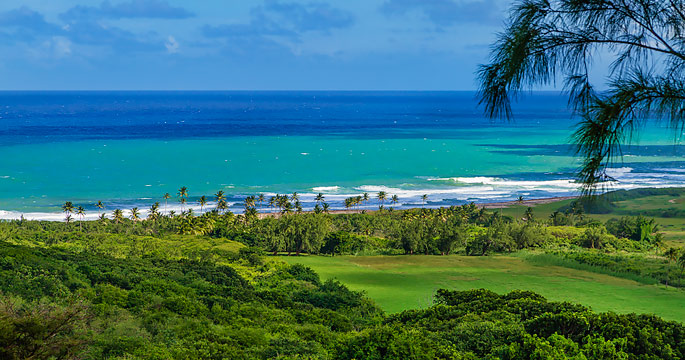
A view from the Morgan Lewis Sugar Mill. This restored windmill is one of only two intact wind-powered mills in the Caribbean. Photo: Orietta Gaspari/iStock
2 The Summer-Long Party
Unlike the day to weeklong carnivals staged on many Caribbean islands, Barbados’ Crop Over celebration runs for months. This island-wide party dates back to the country’s eighteenth century agricultural roots, when it signified the end of the sugar harvest season. Nowadays, the official Crop Over runs from June to August, but early adopters often begin the festivities in May. The season ends with the wildest carnival of all, the Grand Kadooment. Thousands of costumed revelers take to the streets of Bridgetown to create a dancing, singing and drinking river of humanity that parties on until they reach the sea for a celebratory swim.
3 Surf Central
Barbados serves up some of the best waves in the Caribbean. When winter swells hit the island’s eastern shore, experts flock to sites such as Soup Bowl at Bathsheba to challenge swells that barrel and peak to double-overhead heights. Lesser mortals can find more benign breaks along the island’s southern and western coasts, and even novices can perfect their drop-ins at one of several surf schools.
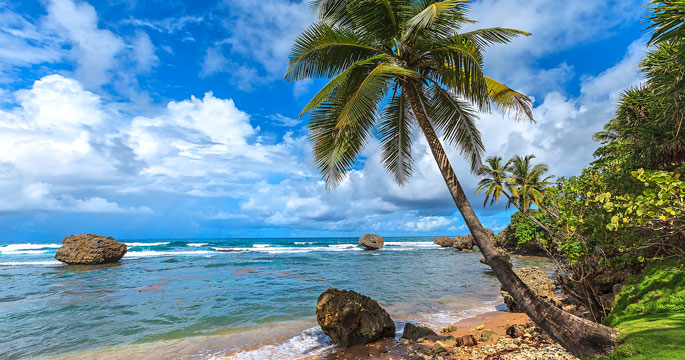
Located on Barbados’ rugged eastern coast, Bathsheba Beach is famous for its iconic boulders and the experts-only surf break known as Soup Bowl. Photo: Flavio Vallinari/iStock
4 The British Flavor
Though now an independent nation, Barbados holds to the traditions and decorum of its colonial past. From a parliamentary government to the architecture of the parliament building itself, the unmistakable influences of mother England are everywhere. Visitors can tour districts bearing names like Buckingham Hill, Chelsea and Kent, and afternoon tea is standard fare at many resorts. Cricket is the national sport, drawing crowds to Kensington Oval for inter-island and international contests, and filling local pubs whenever there is a match on the telly.
5 A Growing Passion
Hotels, public buildings and private residences across the island are impeccable landscaped, and flowering plants add a splash of color to street scenes. As one might expect on an island where gardening is a favorite pastime, there are a number of showcase gardens that provide an even deeper immersion into the art of botany. Not to be missed is Andromeda Gardens, which showcases more than 600 exotic plants and trees in a setting complemented by tranquil pools and flowing streams. The Flower Forest combines a year-round array of blossoming plants with panoramic views of the island’s eastern shore, and Orchid World is home to more than 20,000 of its namesake blooms, covering fences, trees and a shaded grotto in a riot of colors.
6 Saints and Sinners
It’s said that for every church on the island there’s a rum shop. Both are integral elements of traditional Bajan life, with the churches favored by women and the rum shops providing a place where men gathered to discuss sports and current events. Today, the rum shops bring together all elements of Barbados society for the same reasons. It’s a place to socialize and imbibe, and often a neighborhood convenience where you can pick up a loaf of bread or sit out front and have a snack of cou-cou and flying fish.
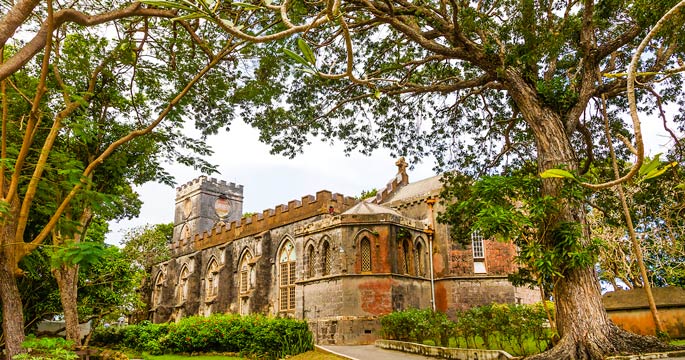
The Gothic spires of St. John Parish Church overlook the Atlantic Ocean. This structure replaced a church destroyed by a hurricane in 1831. Photo: Orietta Gaspari/iStock
7 Culinary Traditions
Barbados serves up a rich variety of culinary delights, and boasts a number of world-class restaurants that remain longstanding favorites with residents and visitors alike. Several top choices combine cuisine with water views. Daphne’s serves modern Italian offerings to guests who enjoy sunset views accented by torchlight. The Cliff positions three tiers of tables above the Caribbean, and chef owner Paul Owens offers an equally stunning selection of sea and land dishes, many with a touch of Asia. In a former beachfront estate, British chef Guy Beasley of the Tides tantalizes with fresh catches embraced by touches of classical French cuisine.
8 A Capital Port
Established nearly four centuries ago around the natural harbor of Carlisle Bay, the settlement originally known as Saint Michael has grown into the capital of Bridgetown, one of the most vibrant and scenic cities in the southern Caribbean. This is a downtown ideal for walking, and a good starting point is the National Heros Square, where a statue of Lord Nelson overlooks the comings and goings of daily island life. Other highlights include the neoclassical Parliament Buildings, St. Michael’s Cathedral and Nidhe Israel Synagogue. At the nearby waterfront district of Carenage, an eclectic range of shops, bars and restaurants attract a vibrant melting pot of sailors, locals and expats.
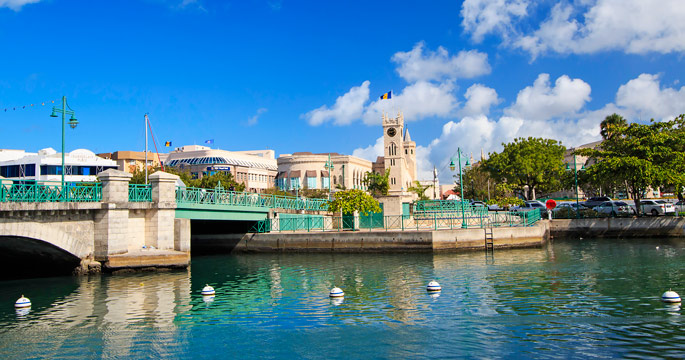
The Chamberlain Bridge spans the entrance to Bridgetown’s Carenage waterfront. The original swing bridge that spanned the channel was rebuilt as a lift bridge in 2005. Photo: Sylvia Kania/iStock
9 Artistic Leanings
Barbados has its share of both homegrown and visiting artists, and the vibrant colors of the tropical landscape provide inspiration for brilliantly hued batiks, bold watercolors and whimsical mixed-medium creations. The island supports more than a dozen galleries and a number of artist’s studios open to visitation. Iconic island crafts include ceramics and intricate woodcarvings made from native mahogany. The island’s pottery studios have earned international recognition for earthenware works that include dinnerware, lamps and vases.
10 Posh Digs
The section of Barbados’ western shore known as Platinum Coast is home to both gorgeous beaches and a number of five-star hotels. Sandy Lane has earned a worldwide reputation for both the setting and service. The Fairmont Royal Pavilion provides ocean views from all rooms, and combines top-rated service with a boutique hotel ambiance. The House is an elegant, adults-only enclave of informal sophistication that focuses on open-air living spaces designed to usher in ocean breezes and flora scents.

